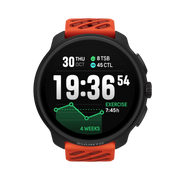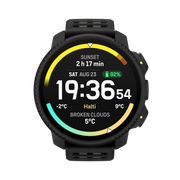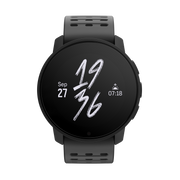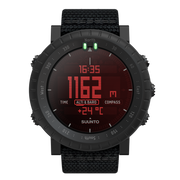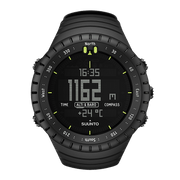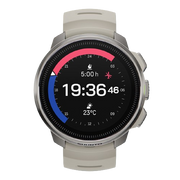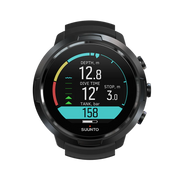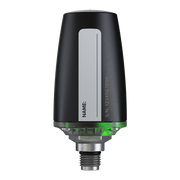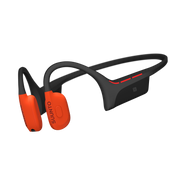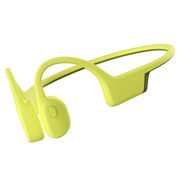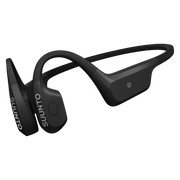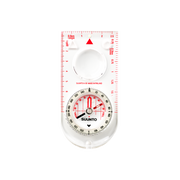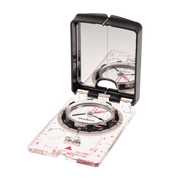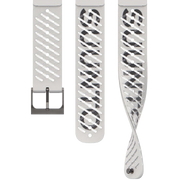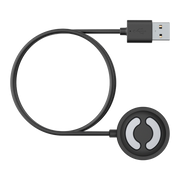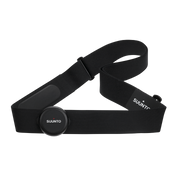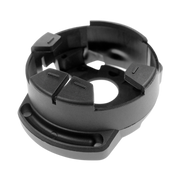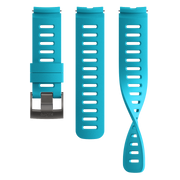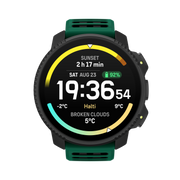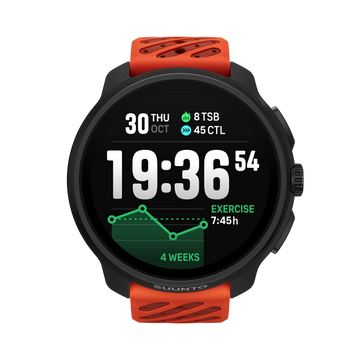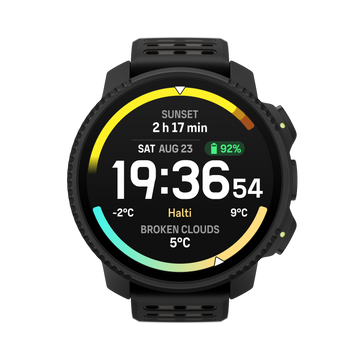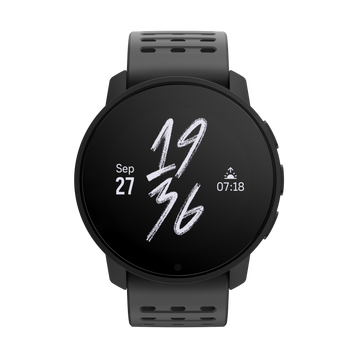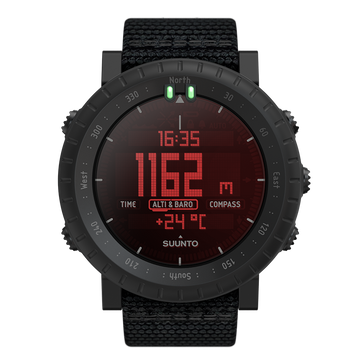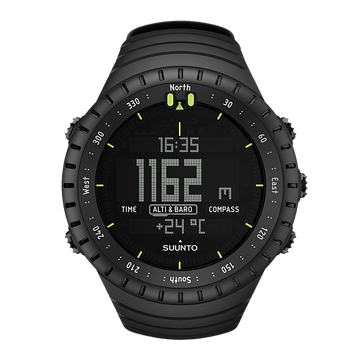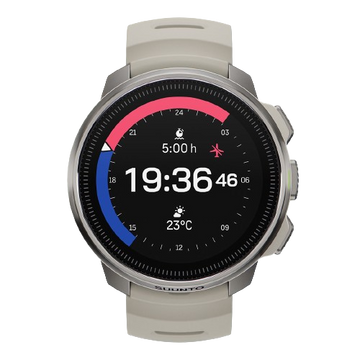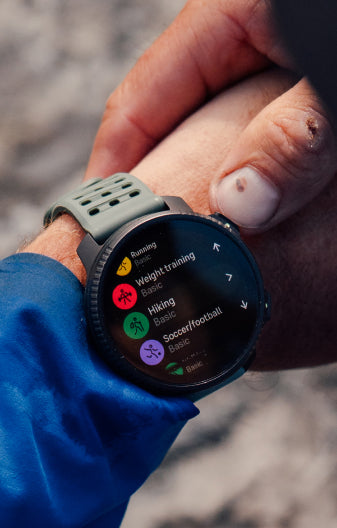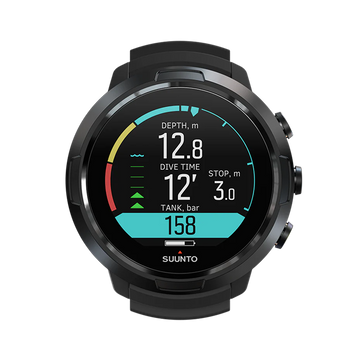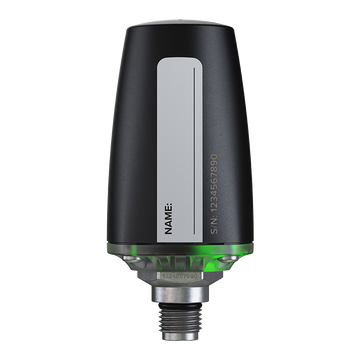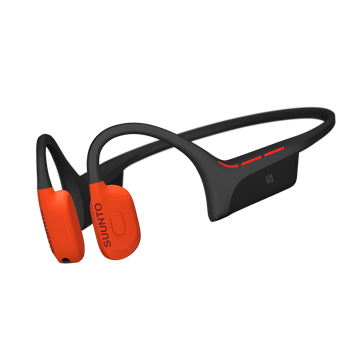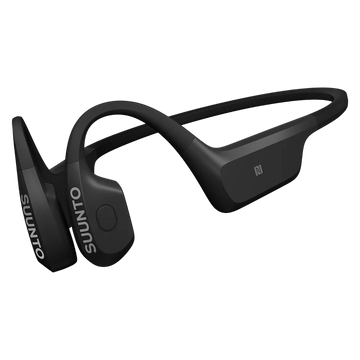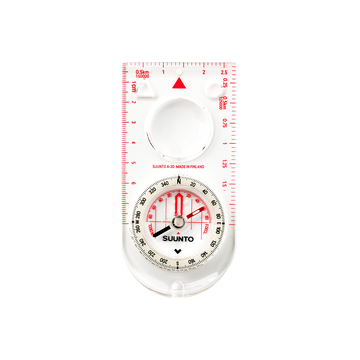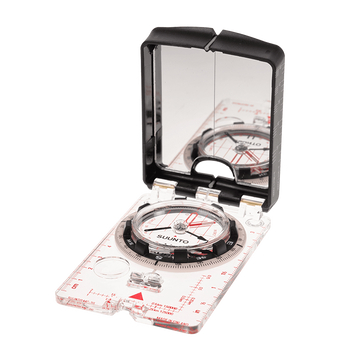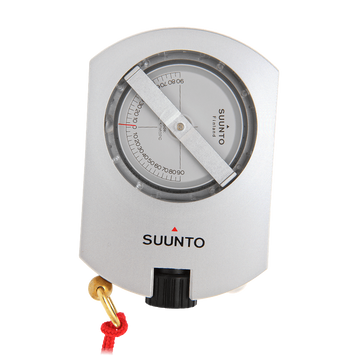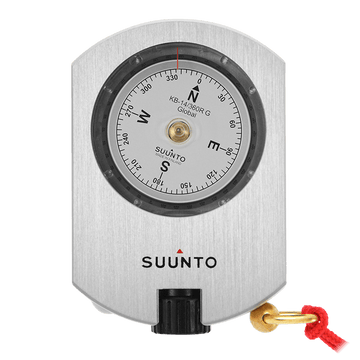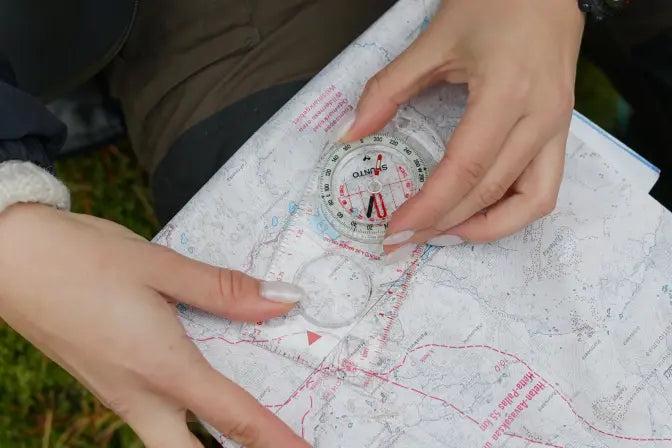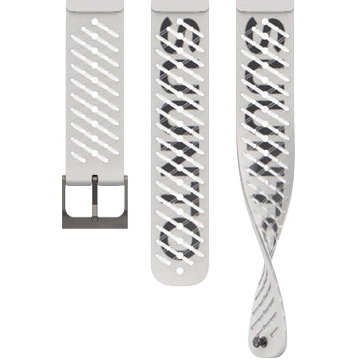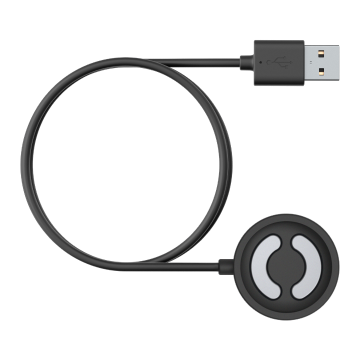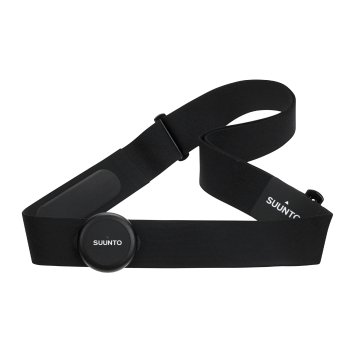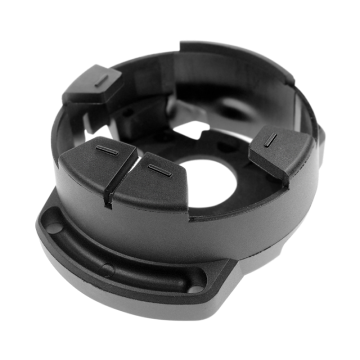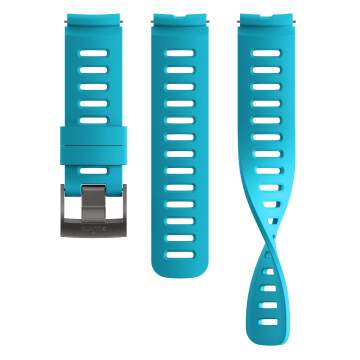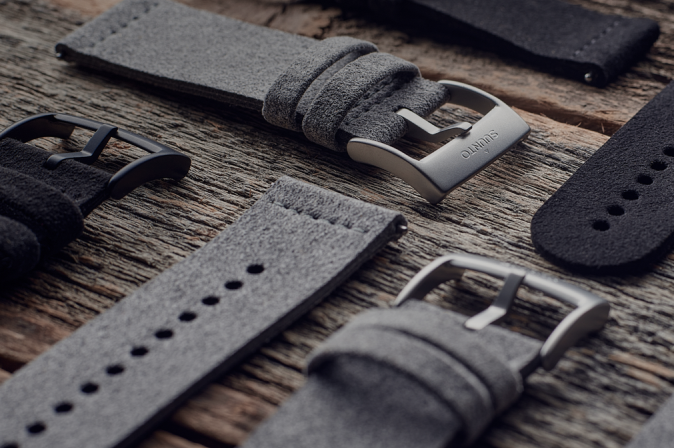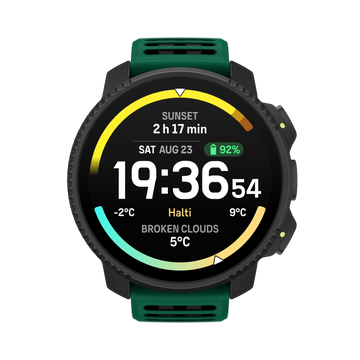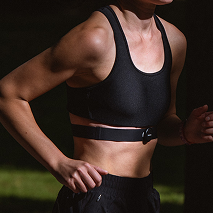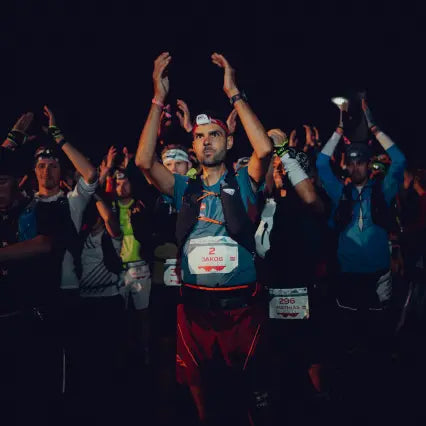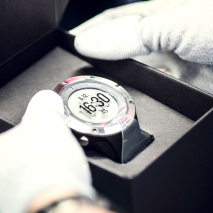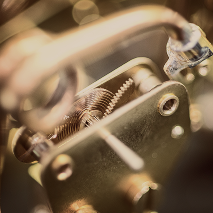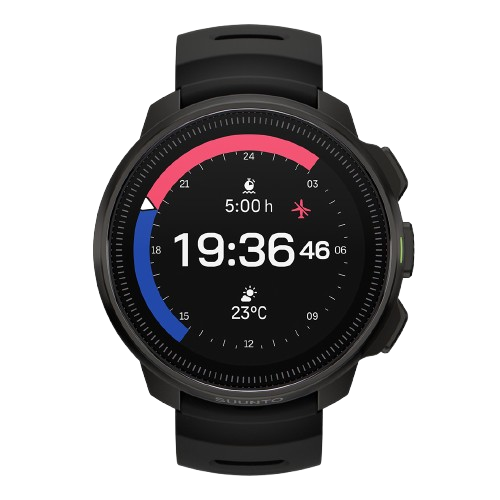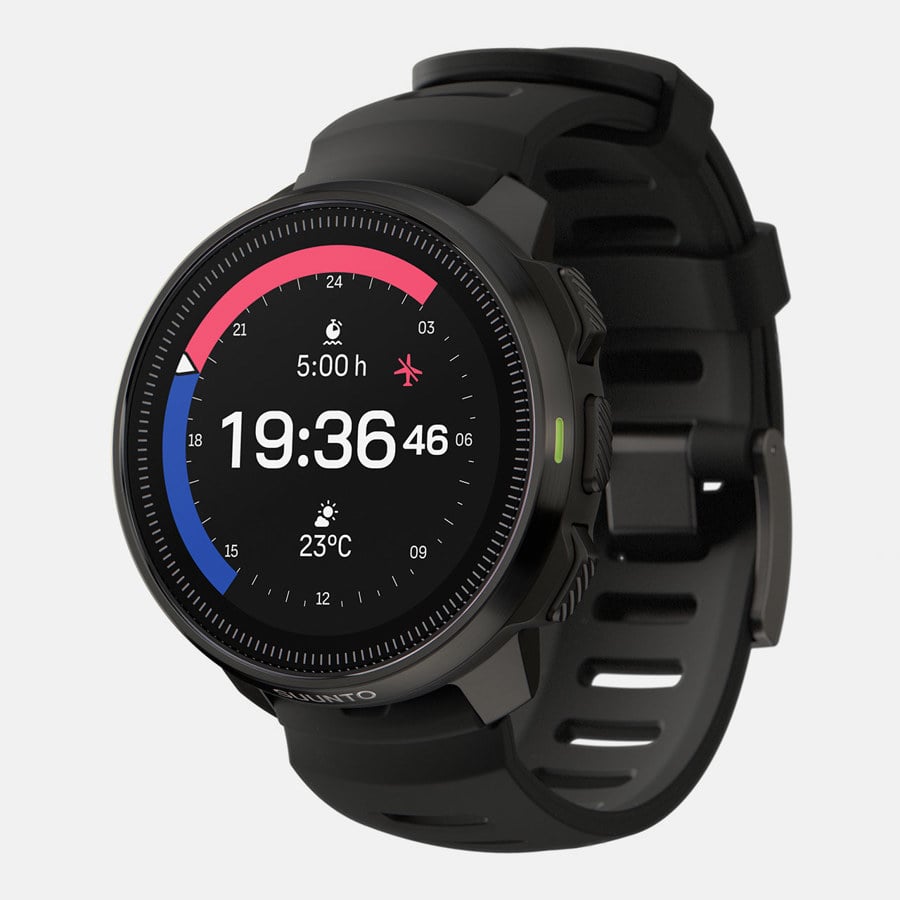Improve your running technique with these essential running form drills – and follow them as a SuuntoPlus Guide on your watch!
UPDATED ON Sep 26, 2025
In the previous weeks we have talked about running economy and given some key areas to focus on in your running technique. But how to actually change something or to improve? Here are XTERRA World Champion and professional coach Josiah Middaugh’s essential running drills for distance runners – with videos (at the end of the article)!
What's the Importance of Proper Running Form?
Running isn't just about putting one foot in front of the other — the way you move can make a big difference in how far, fast, and comfortably you go. Proper running form plays a key role in:
- Preventing injuries: Efficient movement patterns reduce unnecessary stress on joints and muscles, lowering the risk of common issues like shin splints, knee pain, and hip discomfort.
- Improving efficiency: Good form helps you conserve energy, so you can run longer distances or pick up the pace without tiring as quickly.
- Boosting performance: With smoother mechanics, your stride becomes more powerful and fluid, translating to better speed and endurance.
- Supporting better breathing: Upright posture opens the chest and lungs, making it easier to take in oxygen and fuel your run.
- Building longevity: Consistent, injury-free training keeps you running stronger for years to come.
Follow These Running Form Drills on Your Suunto!
With the help of SuuntoPlus Guides, you can now follow these running form drills on your Suunto watch.
Before starting a running exercise on your watch, go down to exercise options and select ’Running Form Drills’ from the SuuntoPlus Guides menu. Start the workout and you will see step-by-step guidance on one of your watch screens. Swipe left until you see it. Press lap (lower right button) to advance from one step to the next one.
Read on to learn the drills!
1. Skip with High Knees ("A" Skips)

Drive your knee up forcefully lifting you off the ground. Keep movements primarily in the sagittal plane. Keep your foot dorsiflexed, which means your toes drawn up towards your shin. This is a small skip since you land on the same foot and then switch. (Scroll down for a video of all the drills.)
Why?
A Skips help reinforce the fundamentals of efficient running. By practicing knee drive, posture, and rhythm in a controlled way, this drill strengthens the muscles that power your stride and teaches your body to move with more coordination and balance. Over time, it makes your running form smoother, lighter, and more energy-efficient.
2. Run with High Knees

Similar to the "A" skips, but instead of skipping there is a quick transition from one foot to the other, just like running. Focus on breaking the vertical plane with your thigh each time.
Why?
High knees improve running posture, leg turnover, and coordination. They strengthen your hip flexors and core while training you to run more lightly and efficiently, which translates to better speed and endurance.
3. "B" Skips

This is just like the "A" skip, except after you drive the knee up, then extend the knee. Knee extension happens passively as you snap the leg back down with your glutes and hamstrings, pawing your foot to the ground.
Why?
B Skips improve stride mechanics by combining knee lift with controlled leg extension. This builds strength, coordination, and flexibility, helping you run with greater power and efficiency.
4. Butt Kicks (Heel to Butt)

Traditional butt kicks are usually performed incorrectly, swinging the heel in a half circle towards the butt. Instead, draw the keep up in a straight line towards the bottom of the butt or top of the hamstrings. To do this, allow the knee to come forward, but not quite as high as the high knees drill.
Why?
Butt kicks improve hamstring flexibility, promote a quick leg turnover, and encourage a light, efficient foot strike. They also help balance muscle use, reducing injury risk and enhancing running form.
5. Power Skips

This has all of the same points as the "A" skips except you are going for more height. Momentum is created by driving the knee up and also forcefully pushing off the ground.
Why?
Power skips develop explosive strength, improve stride length, and enhance coordination. They train your body to generate more power with each step, boosting running speed and efficiency.
6. Carioca Drill

Most running is performed in the sagittal plane, but stabilizing also occurs in the frontal plane. The carioca drill is a side ways motion requiring adduction/abduction and coordination. Face sideways and cross your trailing leg in front and then behind and you continue in the sideways direction. Continue facing the same direction for your return trip.
Why?
The Carioca drill improves hip mobility, coordination, and agility. It strengthens stabilizing muscles, enhances balance, and trains efficient movement in multiple directions — all of which benefit running form and injury prevention.
7. Bounding

Bounding is a higher intensity running drill designed to improve power and efficiency. Essentially bounding is just an exaggerated run with lots of vertical and horizontal displacement. Go for both height and distance with each stride. To keep from skipping, try jogging 5-10 yards before starting the drill. These can be performed on flat ground or uphill.
Why?
Bounding builds explosive power, improves stride length, and strengthens leg and core muscles. It trains your body to generate greater force with each step, enhancing running efficiency and speed.
8. Strides

Strides are just controlled sprints. Gradually increase speed for 30-40 meters and then maintain high speed with good, controlled form for another 40-60 meters. The key is not to strain or sprint all out. Make it look easy. I like 70-100 meters for these on a relatively soft surface such as a rubberized track or turf.
Why?
Strides improve running efficiency, cadence, and posture. They train your body to maintain good form at higher speeds, enhance muscle recruitment, and prepare you for race pace or speed work.
Watch all the running form drills on video!
Watch coach Josiah's essential running form drills here.
Josiah Middaugh is a XTERRA Pan America Champion and 2015 XTERRA World Champion. He has a master’s degree in kinesiology and has been a certified personal trainer for over 15 years (NSCA-CSCS).
Images and video by Matt Trappe
